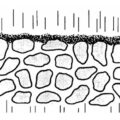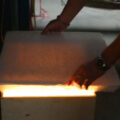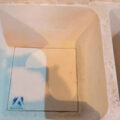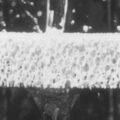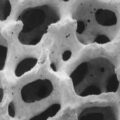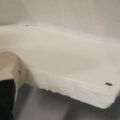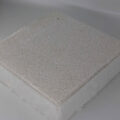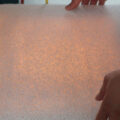The dispersant is a widely used surfactant, which is widely used in the preparation of ceramic slurry. For example, making slurry for ceramic foam filters. Adding an appropriate amount of dispersant can effectively improve the surface properties of the powder, reduce the viscosity of the slurry, and obtain a slurry with good rheology, uniform dispersion, high solid content, and stability.
It prevents the mutual agglomeration of the ceramic particles by interacting with the surface of the ceramic particles in the suspension. Its mechanism of action can be roughly divided into three types: electrostatic repulsion, steric hindrance, and electrostatic steric stabilization.
The ionic dispersant is electrolyzed into charged ions or hydrophilic and lipophilic groups in the water dispersion medium and adsorbed on the surface of solid particles to form a charged protective barrier layer, that is, a diffuse electric double layer. When the charged particles are close to each other, the electric double layer overlaps, the potential increases, the electrostatic repulsion increases, and it is difficult for the particles to collide and agglomerate, thus playing the role of an electrostatically stable dispersion.
The molecular structure of non-ionic high molecular polymers includes anchoring groups and solvation chains. The anchoring group is adsorbed on the surface of solid particles, and its solvation chain fully expands in the medium to form a steric hindrance layer to prevent the flocculation and agglomeration of solid particles to achieve the effect of steric hindrance.
The polyelectrolyte is electrolytically adsorbed on the surface of the particles in the water dispersion medium. The charged polymer molecular layer can not only repel the surrounding ions through the electrostatic repulsion of its own charge but also use the steric hindrance of the solvation chain to make the particles bounce off each other. Thereby exerting the electrostatic steric hindrance stabilizing effect.

